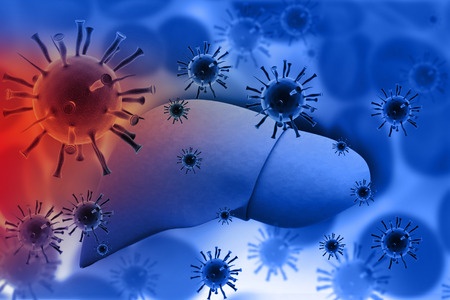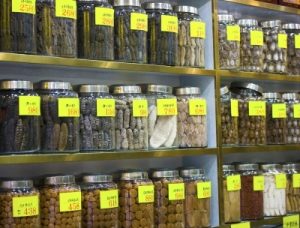
The plant Orostachys japonicas A. Berger (family: Crassulaceae) or ‘wa-song’ is used mainly in Korean folk medicine as a health food, especially in treating gastric ulcers, hepatitis and haemorrhoids. Evidence is now being accrued to demonstrate particular activity against certain stomach cancer cell lines. Only recently, a new study has analysed the glycolipids from the aerial parts of the plant. One or two of these are shown to inhibit fatty acid synthase (FAS) at micromolar IC50 levels and are active against the HL-60 and A549 cancer cell lines (Zhang et al., 2012). The plant itself contains some interesting compounds:- friedelin, grutinone, glutinol, various otherpolyphenolics, flavonoids and triterpenoids (Park et al., 1991; Choi et al., 2006; Lee et al., 2011). These all have various activities against cell lines and biochemical processes and deserve systematic interpretation.

Previous studies assessed various fractions of chloroform extracts of the plant which could scavenge nitrites and inhibit the formation of N-nitrosodimethylamine (NDMA) (Choi et al., 2006). This study highlighted the presence of antioxidants such as catechin and 3,4-dihydroxybenzoic acid. A flavonoid rich fraction from a methanolic extract has also been shown to have strong anti-ulcerative and antinociceptive properties when examined in ulcer models in mice (Jung et al., 2007). There is also a study on the anti-inflammatory properties (Jeong et al., 2011) and a recent assessment in relation to treatment of diabetes mellitus (Lee et al., 2011) to consider.
References
Choi, S.Y., Chung, M.J., Seo, W.D., Shin, J.H., Shon, M.Y., Sung, N.J. (2006) Inhibitory effects of Orostachys japonicus extracts on the formation of N-nitrosodimethylamine. J. Agric. Food Chem., 54(16) pp. 6075-6078
Jeong, J.-H., Ryu, D.-S., Suk, D-H., Lee, D.-S. (2011) Anti-inflammatory effects of ethanol extract from Orostachys japonicus on modulation of signal pathways in LPS-stimulated RAW 264.7 cells. Biochem. Mol. Biochem. Rep. 44(6) pp. 309-404
Jung, H.-J., Choi, J., Nam, J.-H., Park, H.-J. (2007) Anti-Ulcerogenic Effects of the Flavonoid-Rich Fraction from the Extract of Orostachys japonicus in Mice. J. Med. Food 10(4) pp. 702-706
Lee, J. H., Lee, S. J., Park, S., Kim, H. K., Jeong, W. Y., Choi, J. Y., Sung, N. J., Lee, W. S., Lim, C. S., Kim, G. S. Shin, S. C. (2011) Characterisation of flavonoids in Orostachys japonicus A. Berger using HPLC-MS/MS: Contribution to the overall antioxidant effect. Food Chem. 124, pp. 1627-1633.
Lee, S.J., Zhang, G.F., Sung, N.J. (2011) Hypolipidemic and hypoglycemic effects of Orostachys japonicus A. Berger extracts in streptozocin-induced diabetic rats. Nutr. Res. Pract. 5(4) pp. 301-307
Zhang, H.Y., Oh, J., Jang, T.-S., Min, B.S., Na, M. (2012) Glycolipids from the aerial parts of Orostachys japonicus with fatty acid synthase inhibitory and cytotoxic activities. Food Chem., 131(4) pp. 1097-1103



Leave a Reply